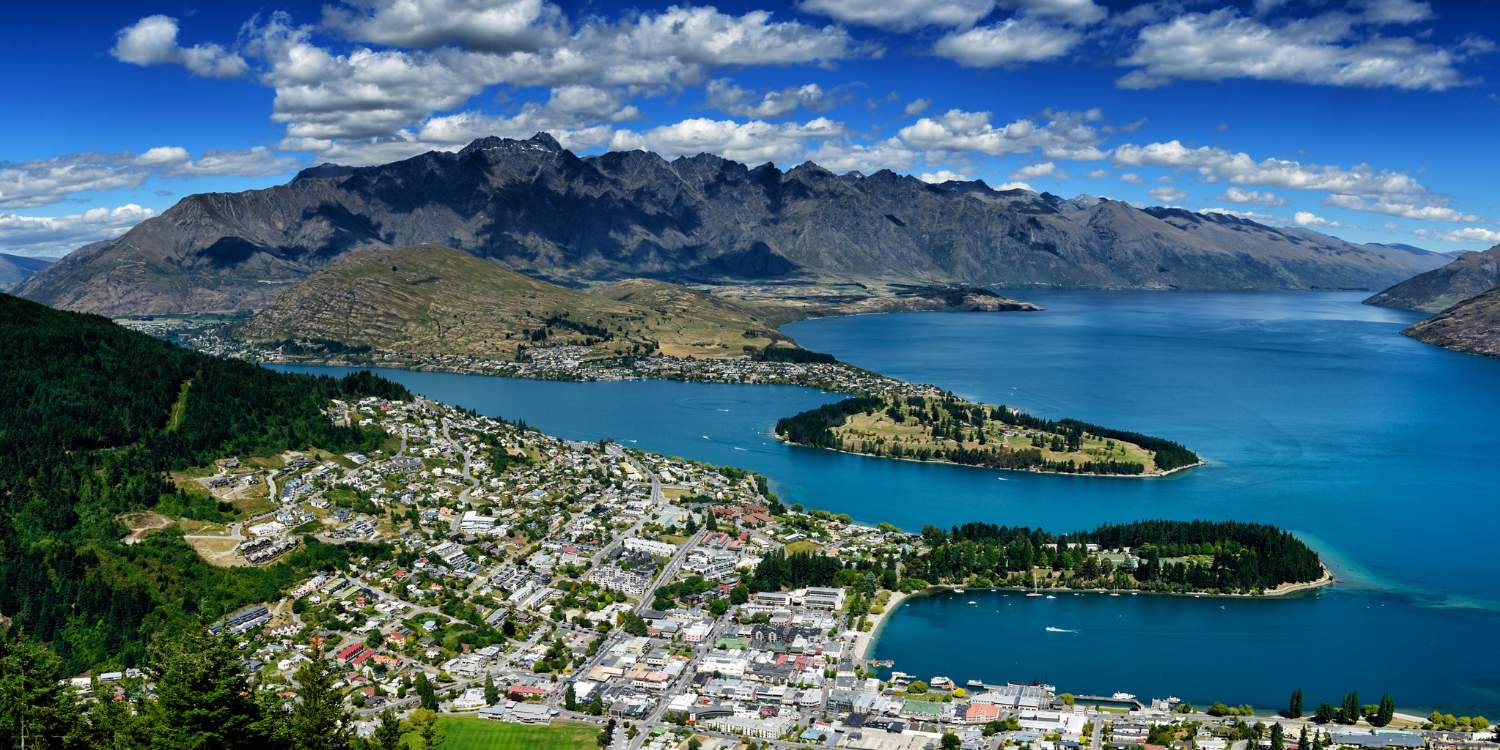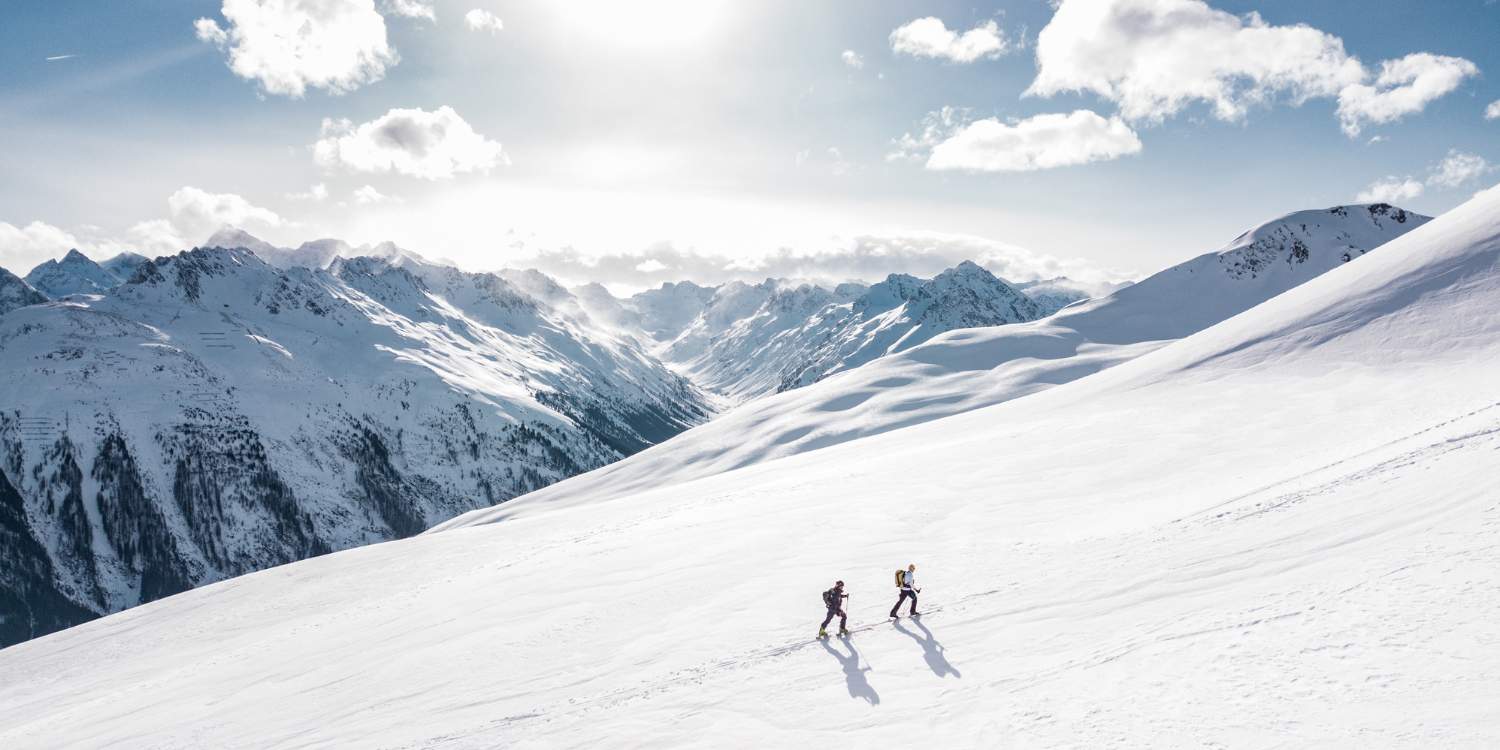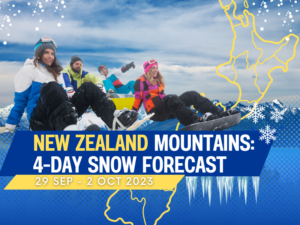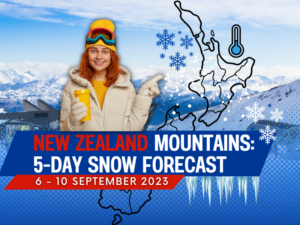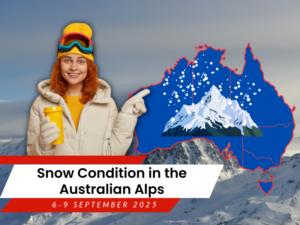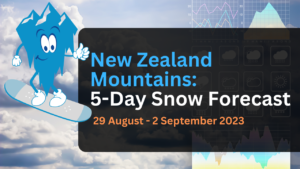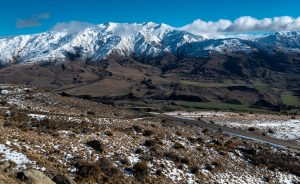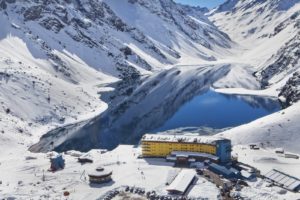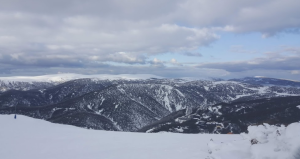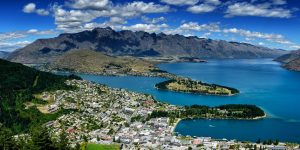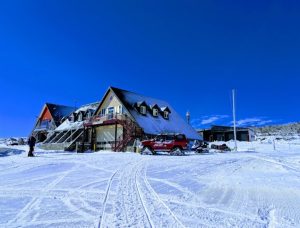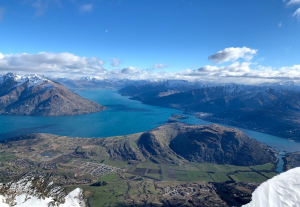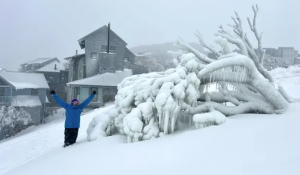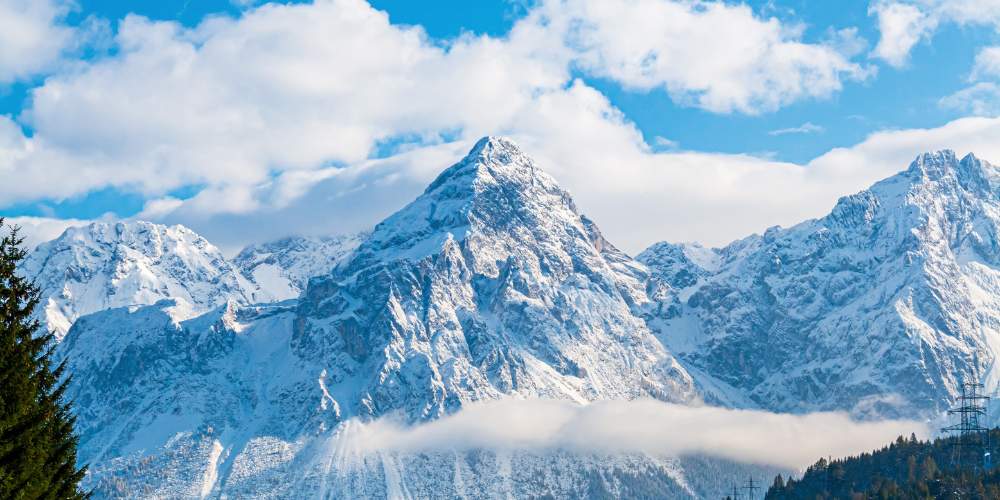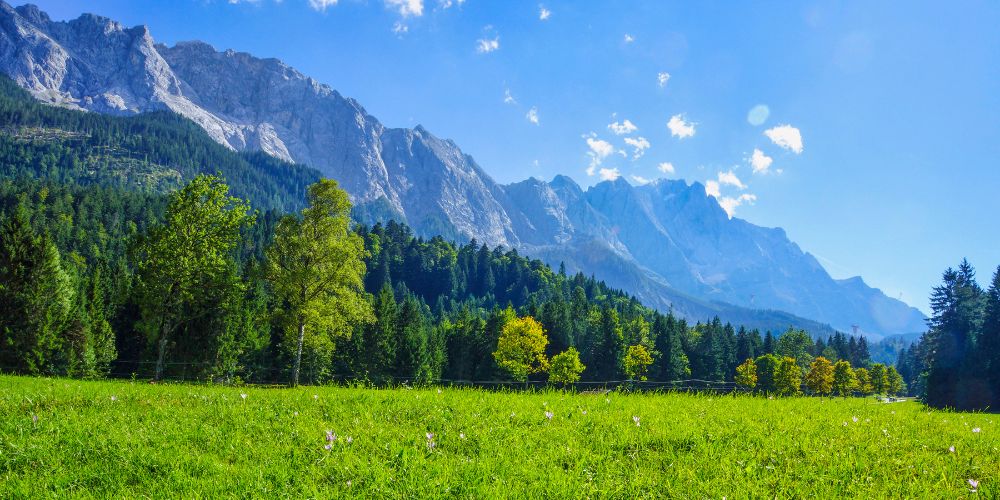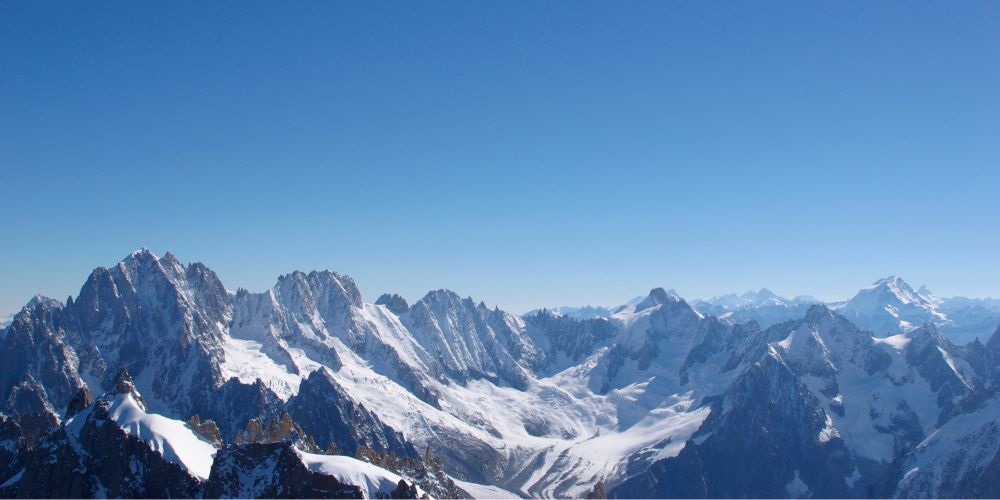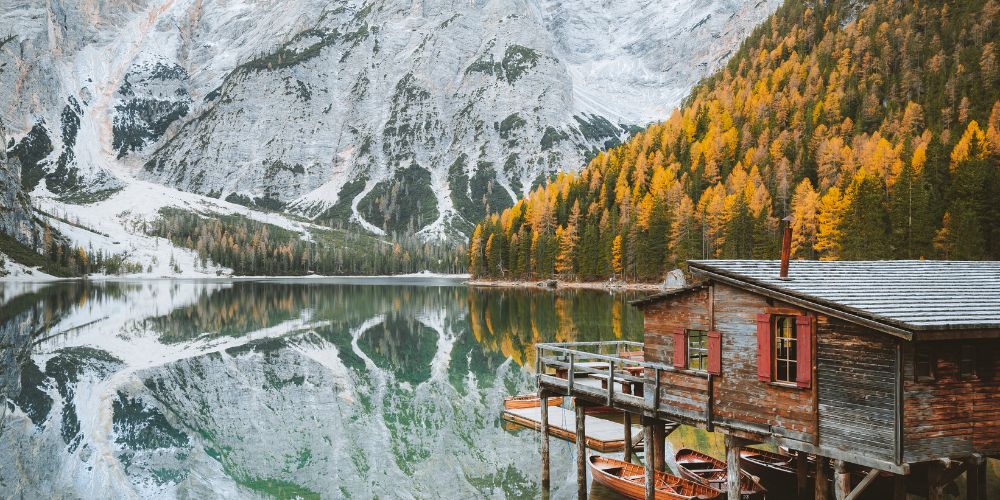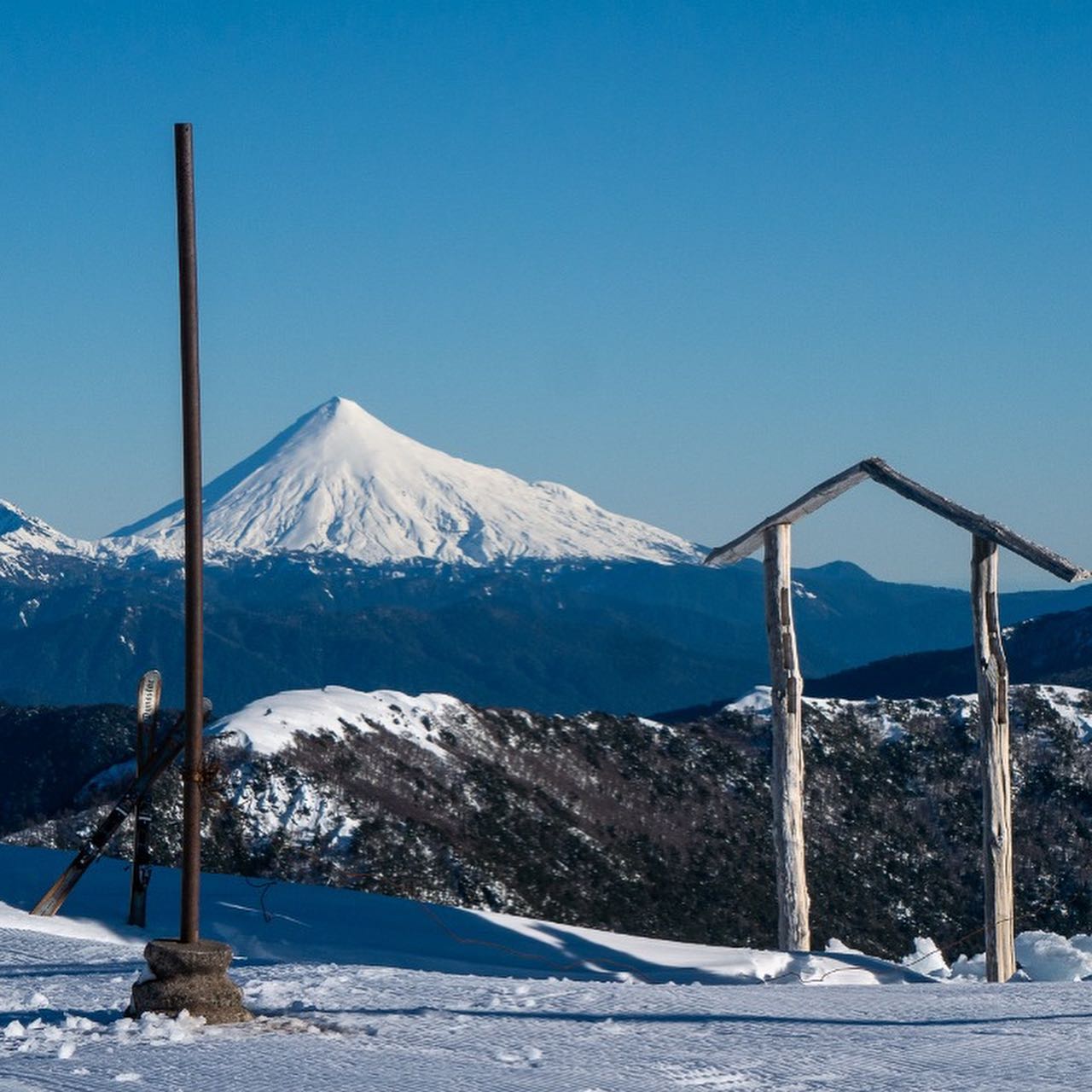The North Island is anticipated to experience showers with potential thunderstorms, gradually clearing later, followed by fine weather. The South Island will have snow showers, particularly heavy in the west, with gale-force winds at times. Freezing levels are expected to vary across regions.
For August 16, both the North and South Islands are predicted to have fine weather with specific wind patterns and freezing level changes.
On August 17, the North Island will see showers spreading with snow above 900 meters, gradually clearing. The South Island is expected to be mainly fine with isolated showers in certain areas, and freezing levels varying accordingly.
Overall, the article offers a snapshot of the weather conditions, highlighting shower and snow patterns, wind changes, and freezing level fluctuations in both the North and South Islands.
Learn to observe the weather
While you’re on your day trip, take the opportunity to develop your weather observation skills. Being mindful of how weather conditions impact your journey is essential; a valuable technique involves staying attuned to your surroundings. Should the weather take a turn for the worse, it’s crucial to determine whether the change is substantial enough to warrant adjustments to your plans.
High Cloud Indicators
The wind patterns you encounter are influenced by the terrain you are in. These patterns might deviate from the prevailing wind flow associated with the prevailing pressure system. You can gain insights into the strength and direction of the overarching wind flow by observing the movement of clouds.
Detecting shifts in the highest cloud movements can be challenging. However, wispy cirrus clouds, resembling tails or streamers, signify robust, high-altitude winds and often mark the initial signs of deteriorating weather conditions.
Elevated northward winds typically herald unfavorable weather. Following the passage of a southerly front associated with inclement conditions, southerlies accompanied by cumulus clouds (isolated, fluffy formations against a clear sky) suggest a stable interval during which you might find an opportune “weather window” for outdoor activities.
Low Cloud Indicators
A gradual thickening and descent of the cloud base carry ominous implications. The luminance of the sun or moon diminishes or takes on a hazy quality as the thickened cloud obstructs their brilliance. “Hogsbacks,” lens-shaped clouds forming above mountain summits or immediately downwind from them, point to potent winds at that elevation. These formations typically grow larger as adverse weather approaches. In such instances, it’s prudent to reconsider your plans for the following day.
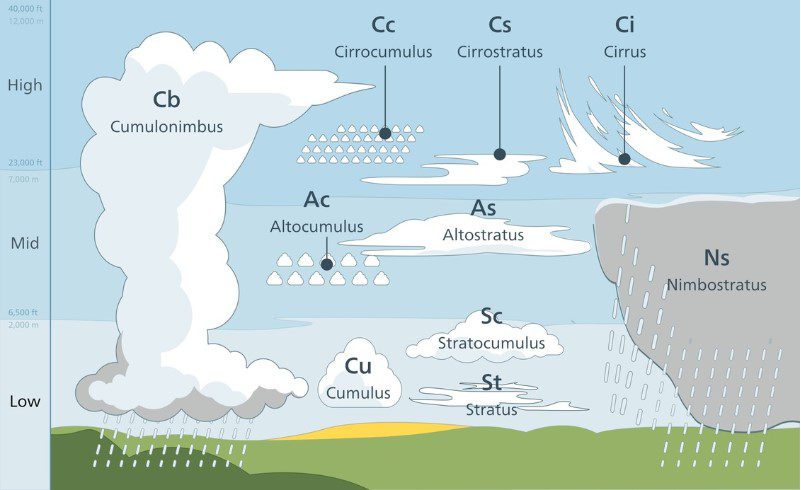
Why are Avalanche Advisories Important?
Avalanches are natural events that occur when layers of snow release and slide down a slope. These masses of snow can reach speeds of up to 80 miles per hour, and the force they exert can be catastrophic. Avalanche advisories offer critical insights into the risk factors associated with different slopes, aspects, and elevations. They help backcountry skiers, snowboarders, mountaineers, and snowmobilers, make informed decisions about where to go and when to stay away.
Understanding Avalanche Advisory Levels
Avalanche advisories use a standardized system to communicate the level of risk. This system typically consists of five levels:
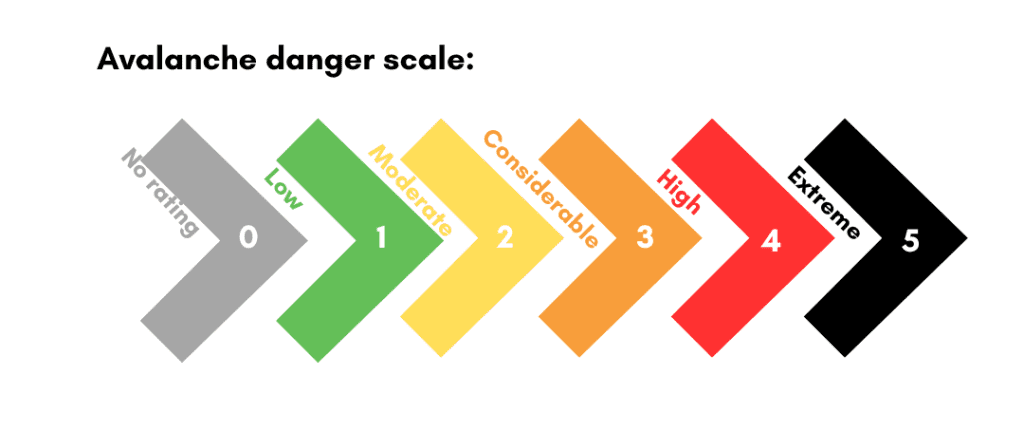
- Low (Green): Avalanche risk is minimal. Natural and human-triggered avalanches are unlikely.
- Moderate (Yellow): Avalanche risk exists but is not widespread. Caution is advised, especially on steep slopes and in specific terrain features.
- Considerable (Orange): Avalanche risk is moderate to high. Human-triggered avalanches are possible, particularly on specific slopes and terrains.
- High (Red): Avalanche risk is significant. Human-triggered avalanches are likely, even on less steep slopes.
- Extreme (Black): Avalanche risk is very high. Widespread and large avalanches are likely, even on less steep slopes. Travel in the backcountry is strongly discouraged.
Before going on any backcountry adventure, always check the latest avalanche advisory for your chosen area. It’s wise to attend avalanche safety courses to learn how to use safety gear like beacons, shovels, and probes. Travel with experienced companions, communicate your plans and ensure you’re equipped with the right knowledge and equipment to respond effectively in case of an emergency.
Get the latest avalanche scoop at https://www.avalanche.net.nz/
